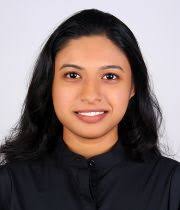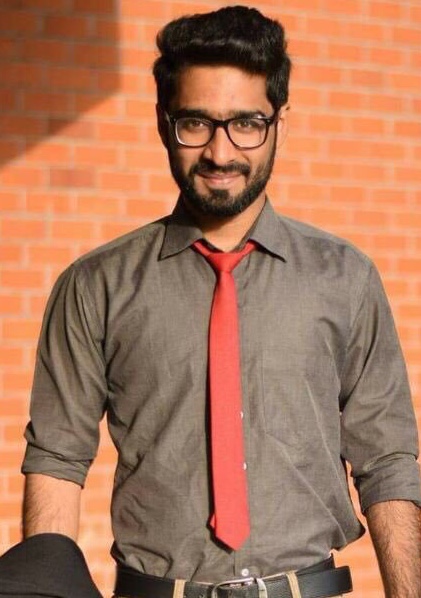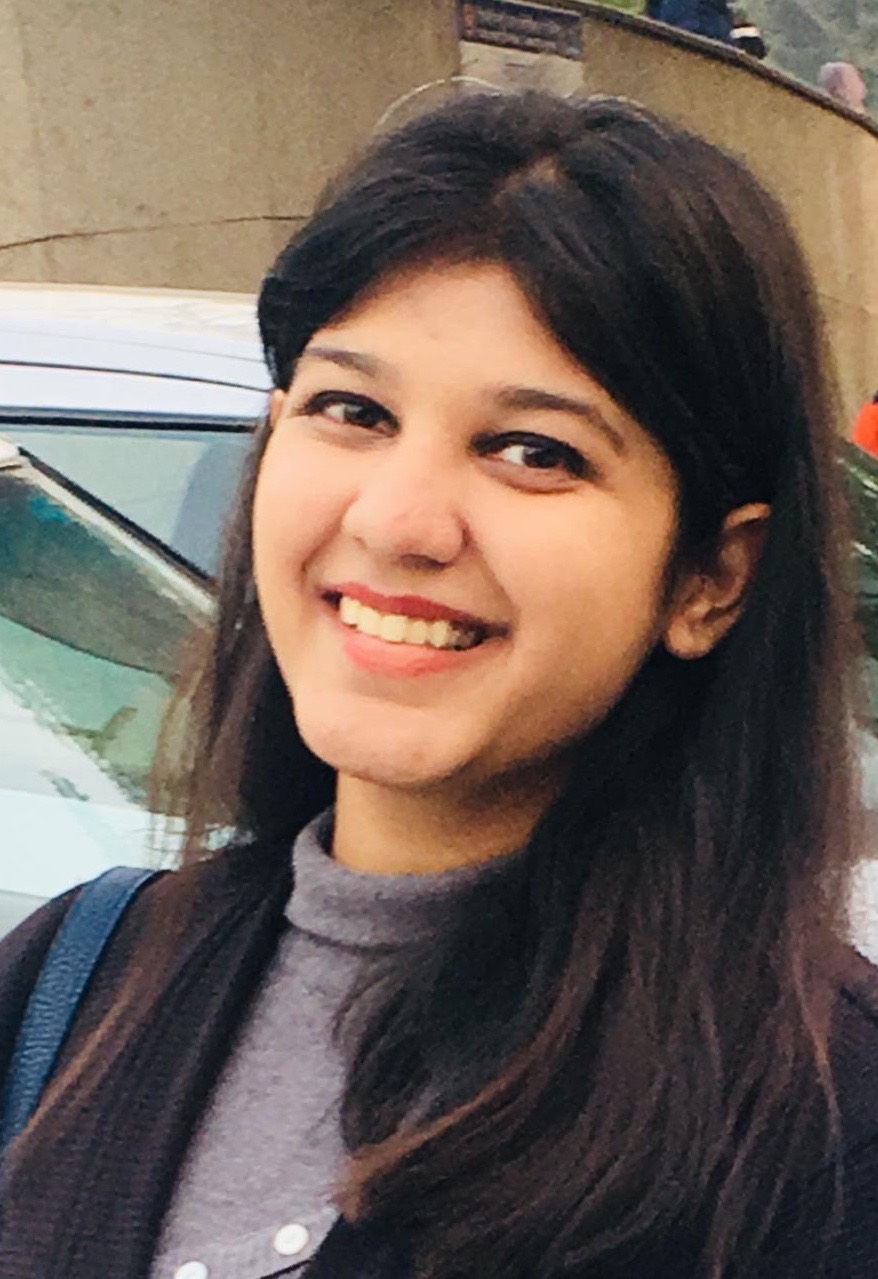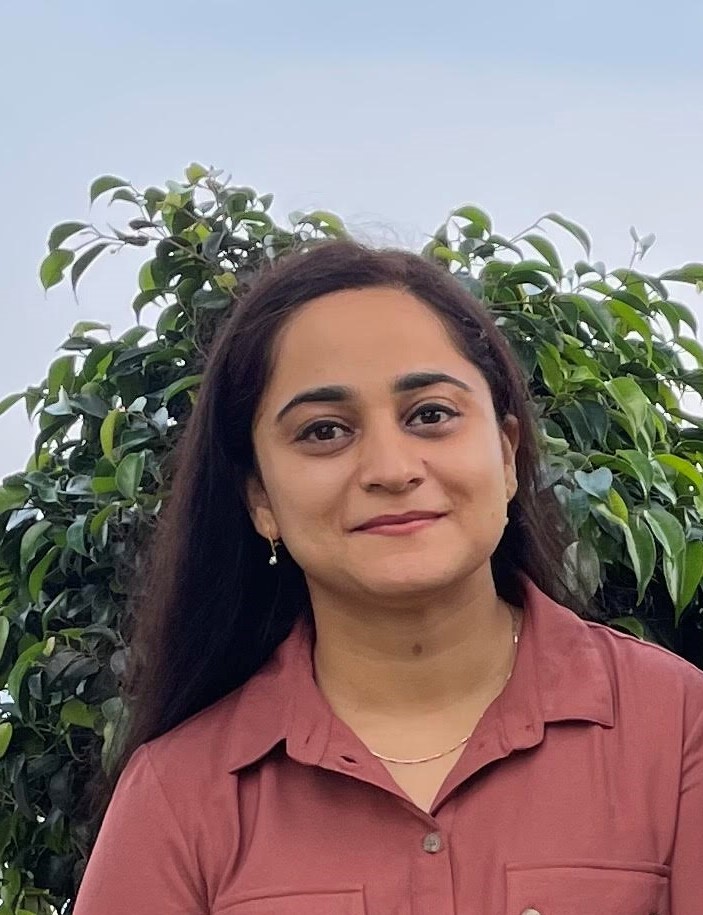Contributors
More »The Calculus of Consent: Why do we vote?
29/11/2018

(Co-authored with Lekha Chakraborty)
Does democracy determine public expenditure decisions? With Nobel laureate Hurwicz’s revelation that it is impossible to have simultaneously a balanced budget, Pareto optimality (“you are better off without making anyone worse off”) and an incentive compatibility between Government and the citizens, we turn to pose ...

(Co-authored with Lekha Chakraborty)
The Terms of Reference of Finance Commissions have expanded over the years, but concerns arising out of gender inequality have never been a part of ToR. This has happened in spite of the growing realisation that it is necessary to deal with gender inequality issues ...

(Co-authored with Lekha Chakraborty)
Financial inclusion mitigates the exploitation of vulnerable sections by the bad lemons – the indigenous money lenders - by facilitating an easy access to formal credit, more often through “peer monitoring models” (Self Help Groups) instead of an impossible proposition of “tangible collaterals”. The basic notion ...

(Co-authored with Lekha Chakraborty)
The ‘Statue of Unity’ – world’s tallest iron statue cast in stone (inaugurated on October 31, 2018) has been the most debated public investment priority in India, especially when the nation is burdened with more than one-third of world’s malnourished children.
In the ...
UDAY Power Debt in Retrospect and Prospects
05/11/2018

(Co-authored with Lekha Chakraborty)
The government of India launched the Ujjwal Discom Assurance Yojana (UDAY), in November, 2015, with an objective of “Power for All”. The states have, since then, been joining this scheme at varied times, and so far, 27 states and 5 Union Territories (UTs) s are ...
